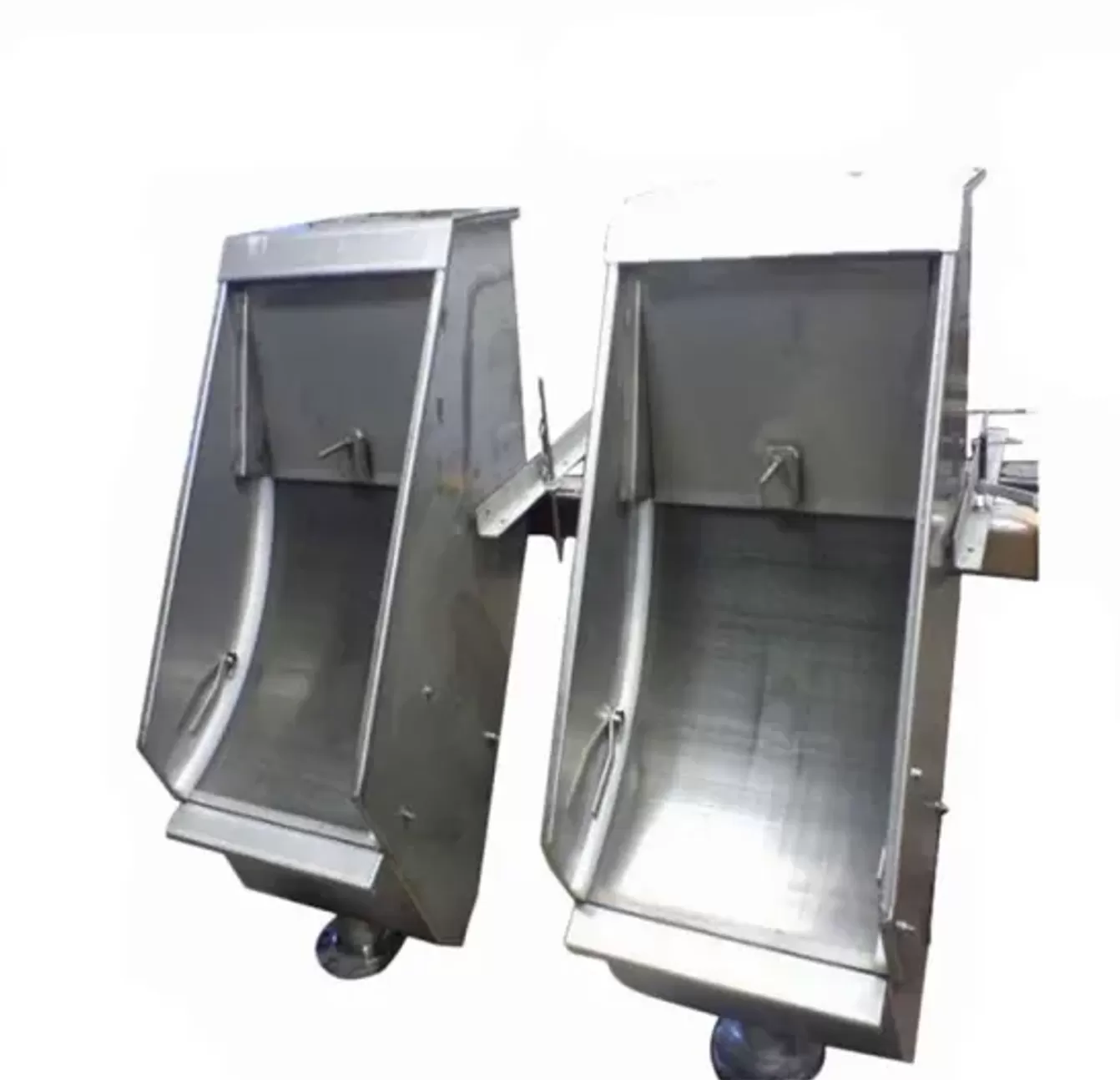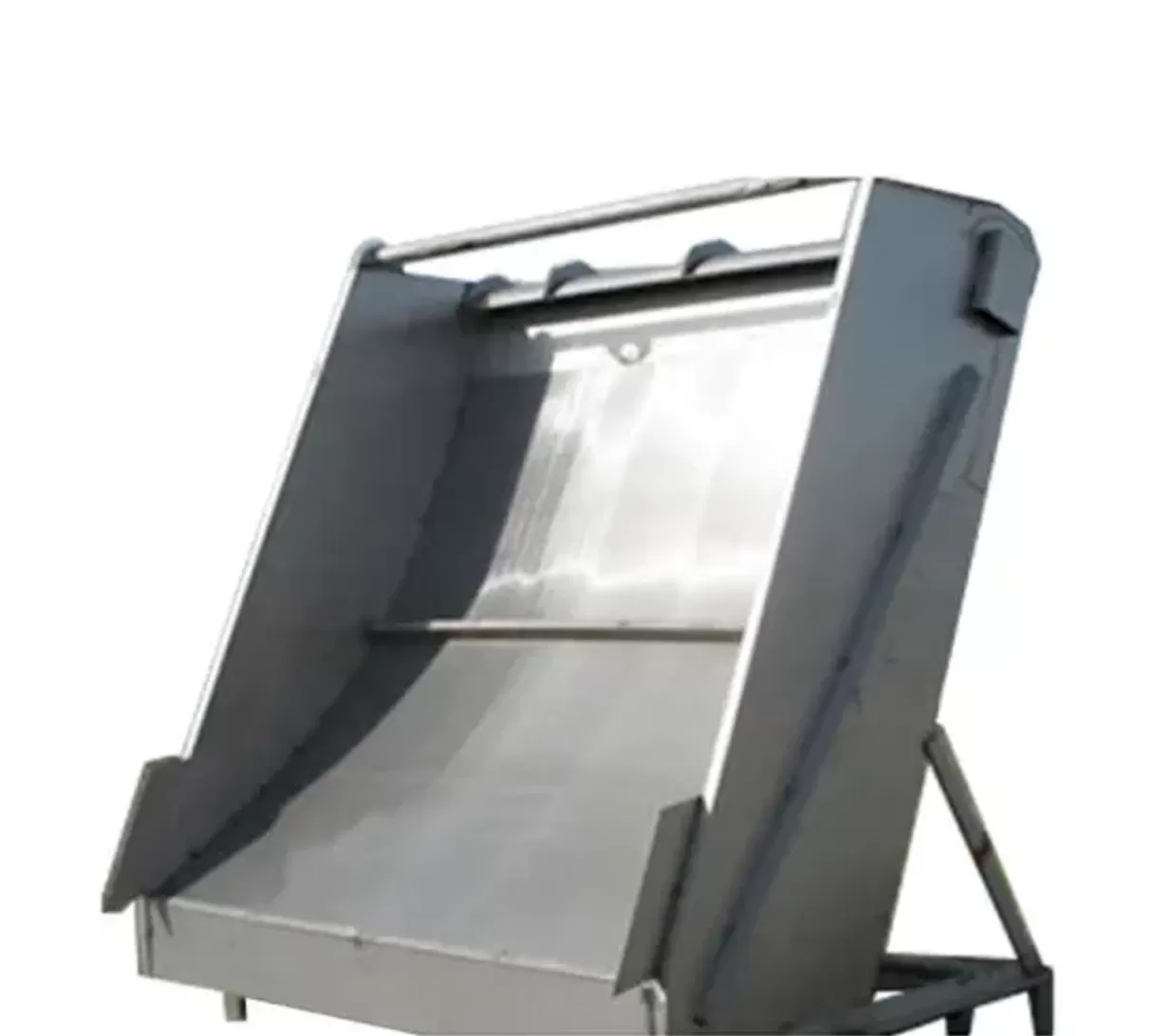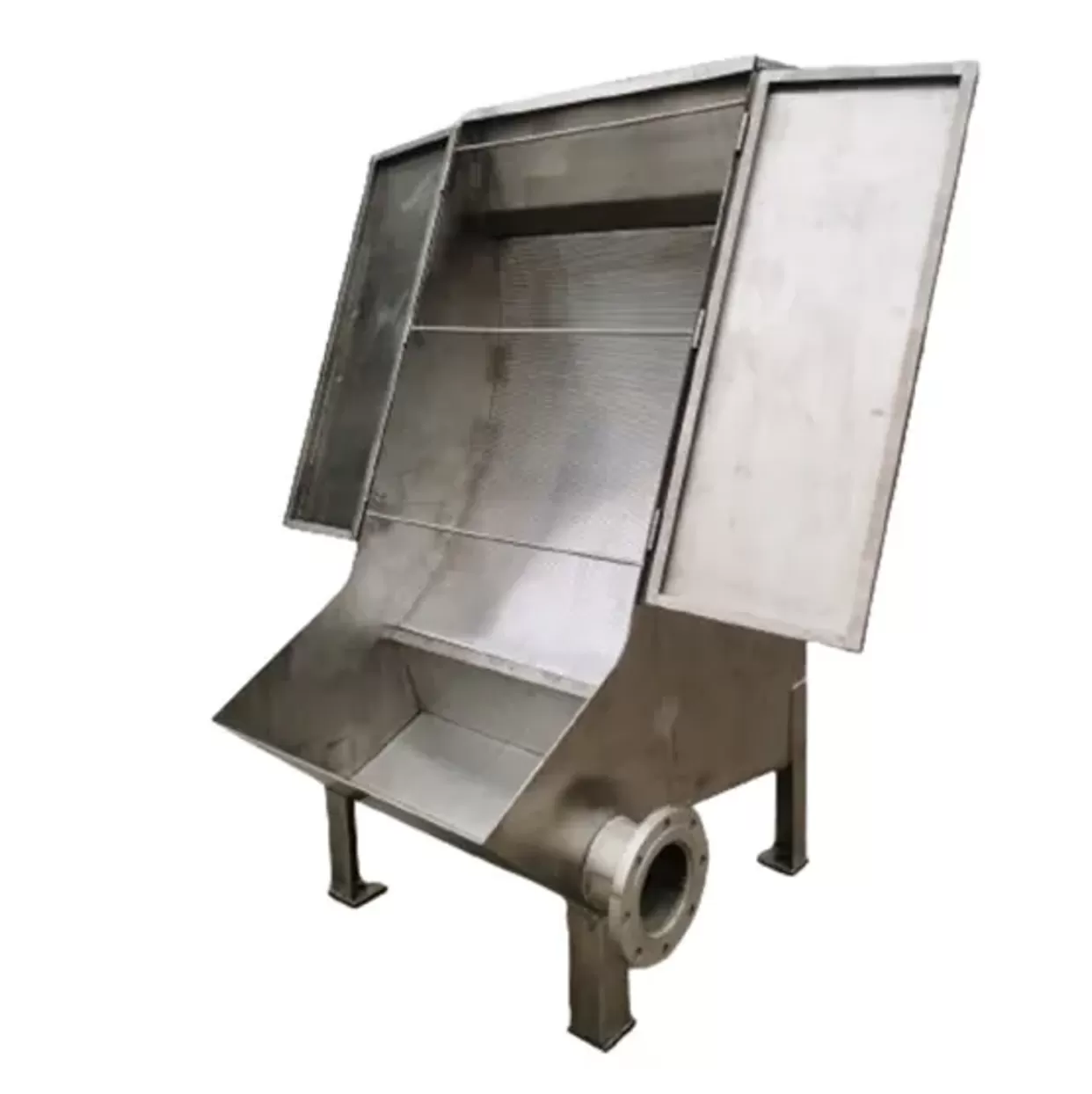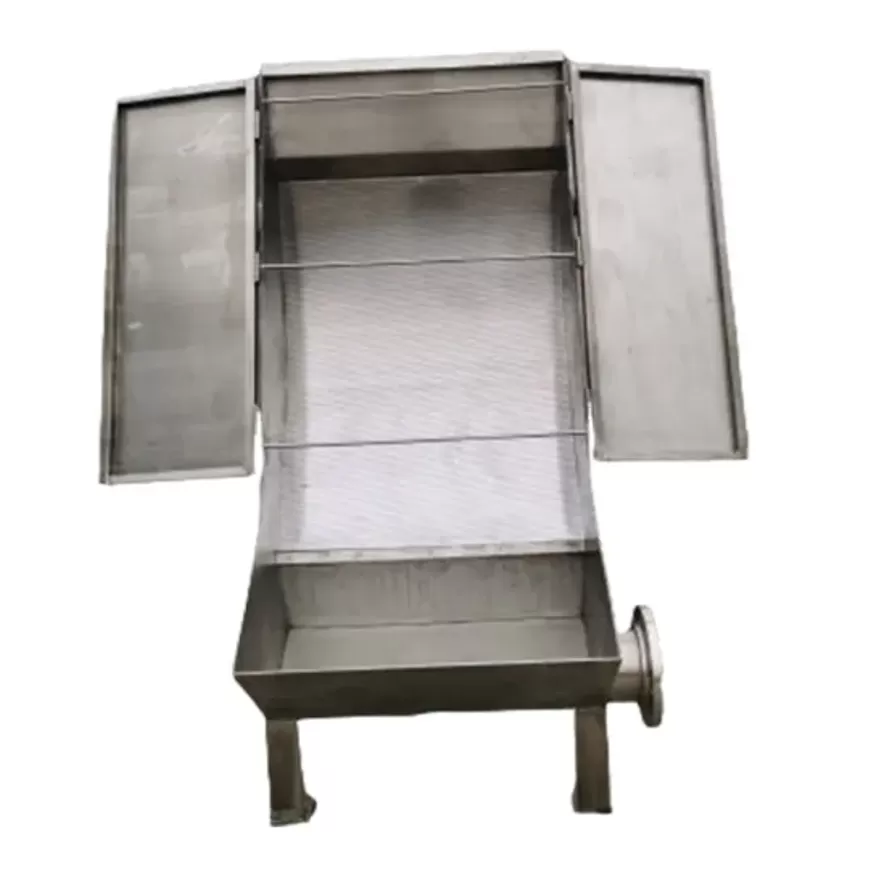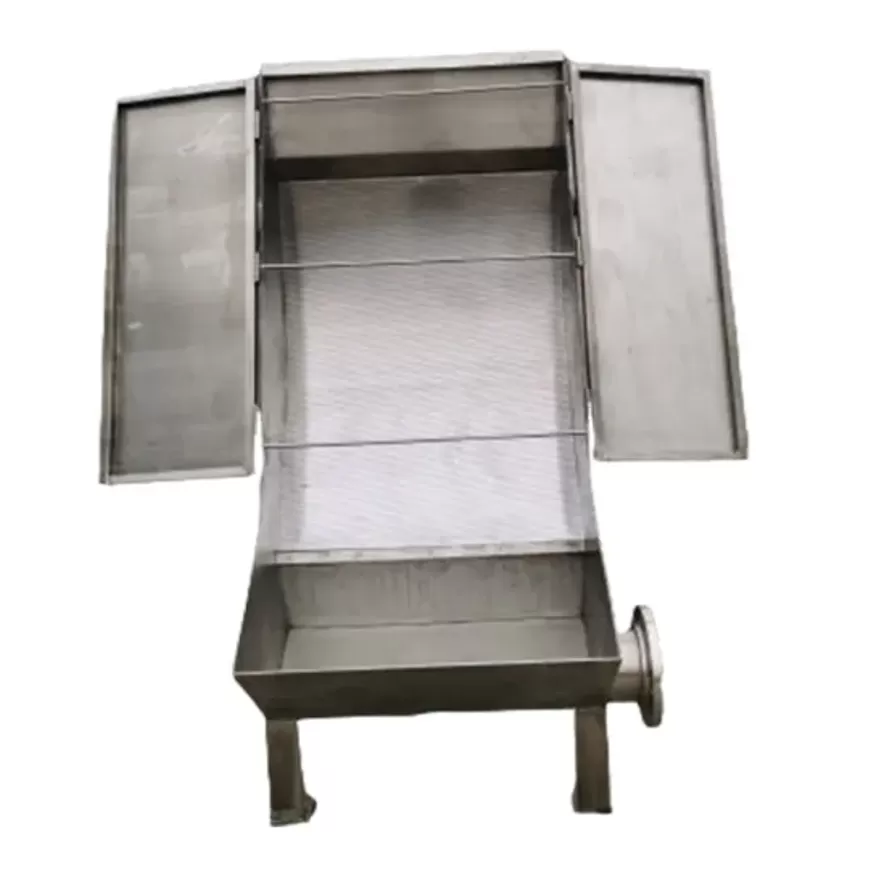Hydro Screens / Static Screens
Hydro screens, also referred to as Hydra Screens or Static Screens, are made of durable stainless steel. Their construction consists of a wedge wire screen.
The wedge wire hydro screen is a simple, effective, and easy-to-maintain static screen for debris prevention. It is suitable for removing suspended solids and foreign particles from low-concentration solutions.

Advantages:
-
No moving parts, no motor
-
Entirely stainless steel construction
-
High operational efficiency
-
Self-cleaning function, easy maintenance
-
Quiet operation
Select the Right Size Hydro Screen
| Model | Length (L, mm) | Width (W, mm) | Height (H, mm) | Inlet | Outlet | Drain |
|---|---|---|---|---|---|---|
| YLS600 | 600 | 1300 | 2000 | DN100 | DN125 | DN50 |
| YLS900 | 900 | 1300 | 2000 | DN125 | DN150 | DN50 |
| YLS1200 | 1200 | 1300 | 2000 | DN150 | DN200 | DN65 |
| YLS1800 | 1500 | 1300 | 2000 | DN200 | DN250 | DN65 |
| YLS2000 | 1800 | 1300 | 2000 | DN250 | DN300 | DN65 |
| YLS2400 | 2400 | 1300 | 2000 | DN300 | DN350 | DN65 |

Contact Us for Custom-Designed Hydro Screens
Get in touch with us for custom designs of hydro screens in various types and features, specifically tailored for liquid-solid separation.
Hydra Screen Operating Principle
The operation is based on the Coandă effect. The liquid to be filtered adheres to the screen plate and spreads evenly, while solids are separated as the flow accelerates downward. The filtered liquid collects at the bottom, ensuring an efficient and flawless process.

Hydra Screen Applications
The Hydrasieve has a wide range of applications:
-
Used in small industrial wastewater treatment to remove suspended solids, floating materials, sludge, and other solids in industries such as pulp and paper, cutting, leather, sugar production, food processing, textiles, printing and dyeing, petrochemicals, and more.
-
Used in pulp and paper, alcohol, starch, food processing, and other industries for screening or recycling fibers, residues, and other valuable materials.
